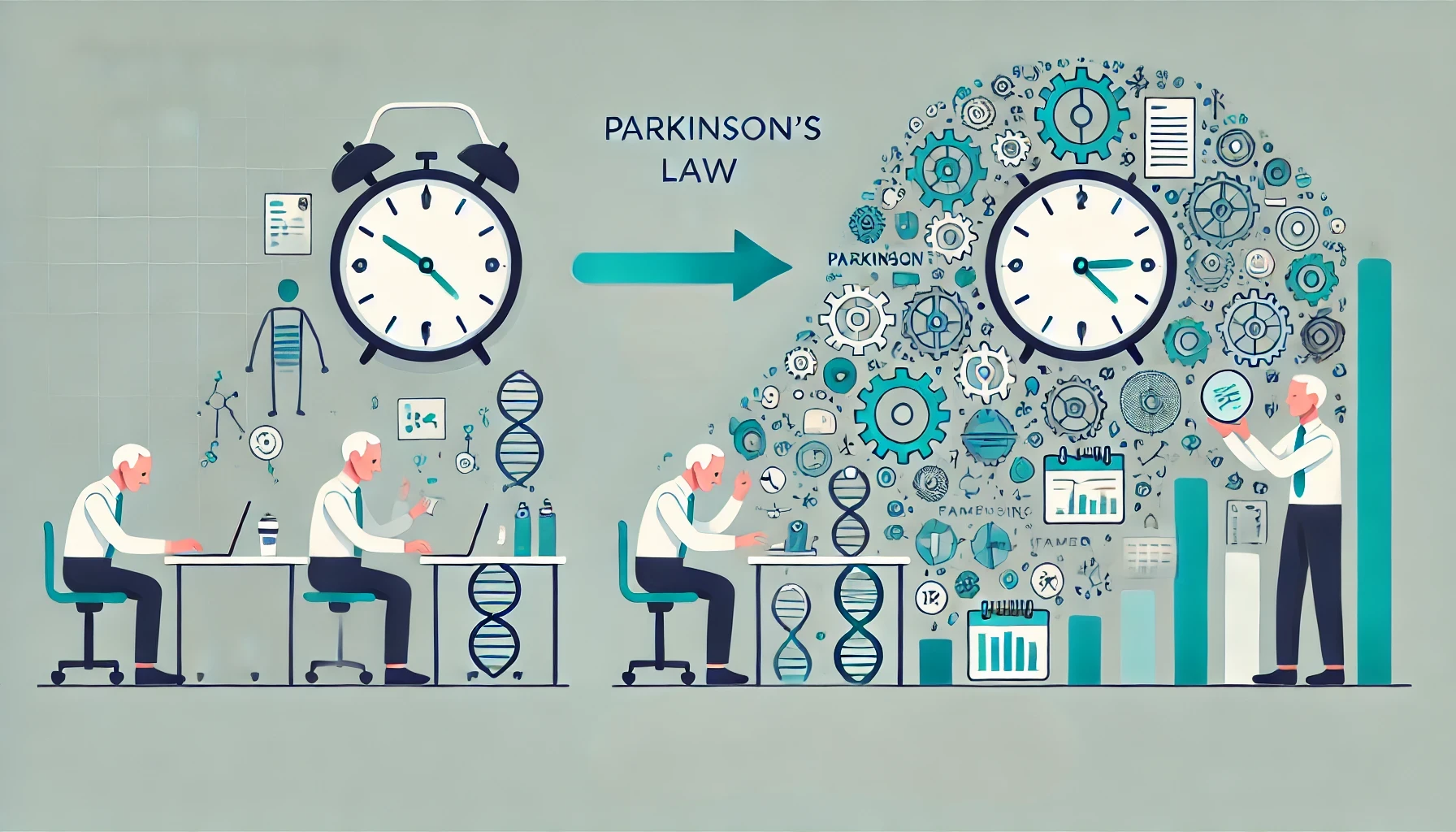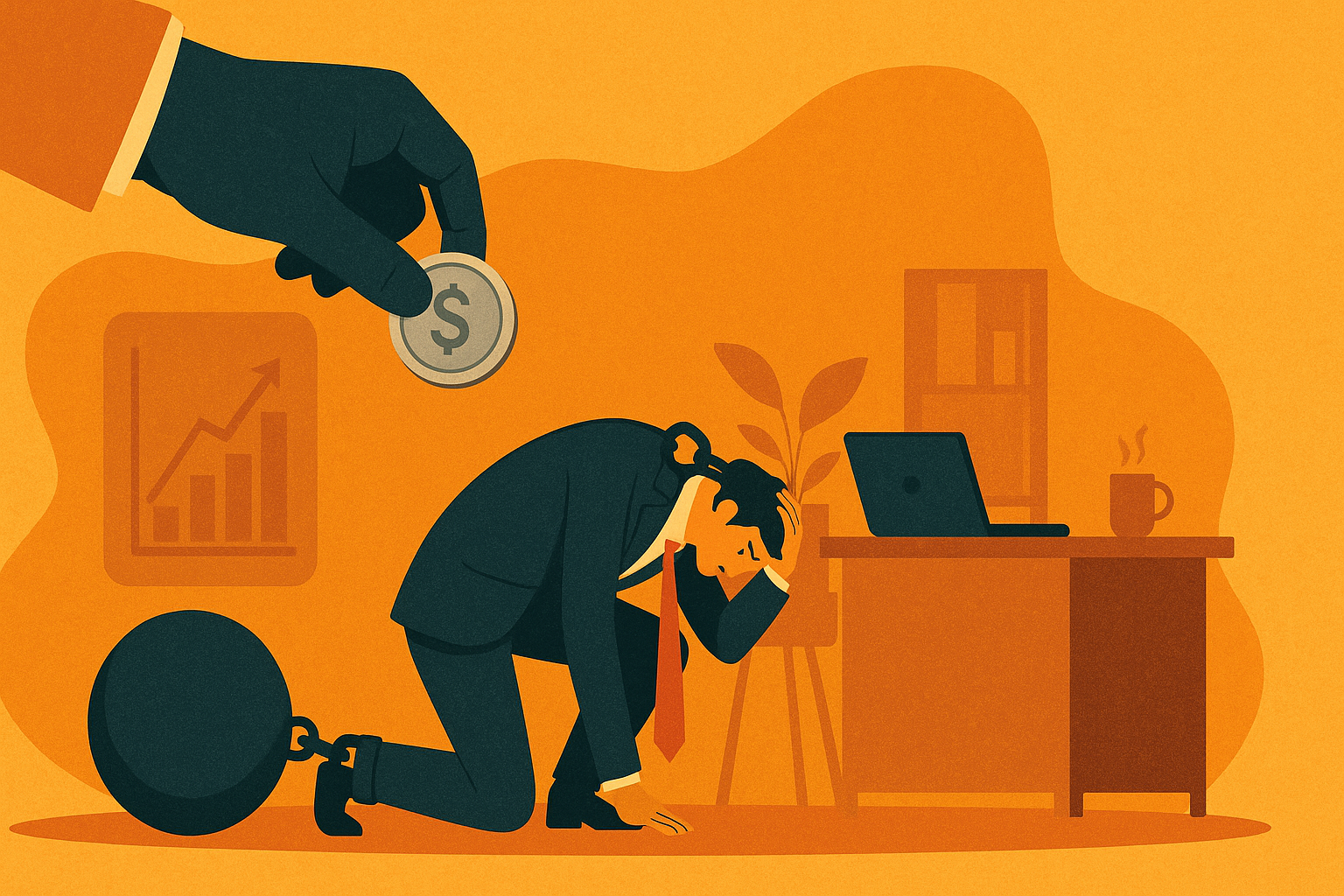Parkinson’s Law, a concept introduced by British historian Cyril Northcote Parkinson in a 1955 article for The Economist, states that “work expands to fill the time available for its completion.” This seemingly simple observation has profound implications for productivity and time management in both personal and professional settings.
The Core of Parkinson’s Law
At its core, Parkinson’s Law suggests that the more time you allocate to a task, the more complex and time-consuming it becomes. For instance, if you give yourself a week to complete a task that could be finished in two hours, the task will inevitably expand to fill the entire week. This expansion often includes unnecessary embellishments, overthinking, and distractions, ultimately leading to inefficiency and wasted time. The law underscores a psychological tendency where people adjust their effort to fit the time available, leading to lower productivity.
Practical Implications
Understanding Parkinson’s Law is crucial for improving productivity. Here are a few strategies to mitigate its effects:
- Set Short, Realistic Deadlines
By allocating less time to tasks, you create a sense of urgency that can boost focus and efficiency. Shorter deadlines force you to concentrate and work more diligently, as there is less time to waste. Break down larger projects into smaller, manageable tasks with tight deadlines to maintain momentum and prevent procrastination. For example, instead of setting a one-week deadline for an entire project, break it into daily tasks, each with its own deadline.
- Prioritize Tasks
Focus on high-priority tasks first. This approach ensures that the most important work gets done within the available time, reducing the likelihood of tasks expanding unnecessarily. Utilize tools like the Eisenhower Matrix to categorize tasks based on urgency and importance, which helps in making better decisions about where to focus your efforts.
- Eliminate Distractions
Create a work environment that minimizes interruptions. This includes setting boundaries with colleagues, turning off non-essential notifications, and designating specific times for checking emails and messages. Distractions not only waste time but also break the flow of work, making it harder to return to tasks and often leading to extended completion times.
- Practice Time Blocking
Allocate specific blocks of time for different tasks or activities throughout the day. This method helps maintain structure and ensures that time is spent productively. For example, dedicate the first two hours of your day to deep work on critical projects, followed by a block of time for meetings, and another for administrative tasks. This approach helps in maintaining focus and reducing the tendency for work to expand.
- Review and Adjust
Regularly assess your time management strategies and adjust as needed. Continuous improvement is key to maintaining high productivity levels. At the end of each week, review what worked well and what didn’t, and adjust your approach accordingly. This reflective practice helps in fine-tuning your methods and staying on top of your productivity game.
Overcoming Psychological Barriers
While these strategies are practical, overcoming the psychological barriers that Parkinson’s Law highlights is also essential. One major barrier is the comfort of having more time, which often leads to complacency. To counter this, build a habit of setting challenging yet achievable goals within tight time frames. This habit helps in fostering a sense of accomplishment and builds confidence in handling tasks efficiently.
Another psychological aspect is the fear of failure, which can lead to over-preparing and extending the time taken for tasks. Accepting that not every task needs to be perfect and that learning from mistakes is part of the process can help in mitigating this issue.
The Role of Technology
Modern technology offers numerous tools to help combat Parkinson’s Law. Project management software like Trello, Asana, and Monday.com can help in organizing tasks, setting deadlines, and tracking progress. Time-tracking tools like Toggl and Clockify can provide insights into how your time is spent, allowing for better planning and time allocation.
By understanding and applying these strategies to counter Parkinson’s Law, individuals and teams can achieve greater efficiency and productivity. Recognizing that work can expand to fill the time available is the first step towards managing time more effectively and ensuring that tasks are completed promptly and efficiently. The goal is to work smarter, not harder, by creating an environment and mindset that values time and prioritizes productivity.
Content authored with the assistance of AI





